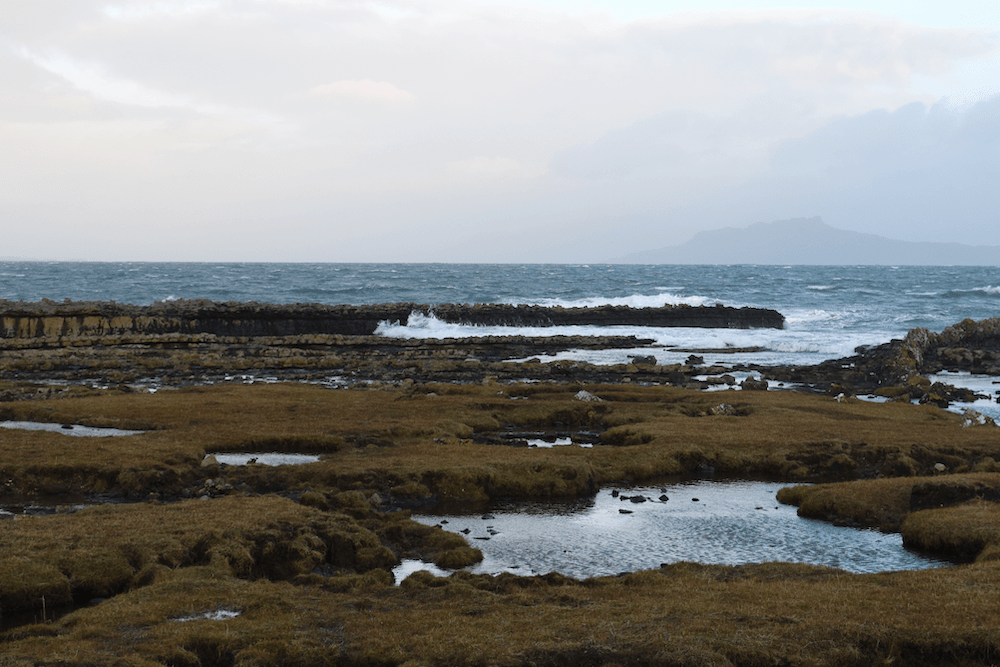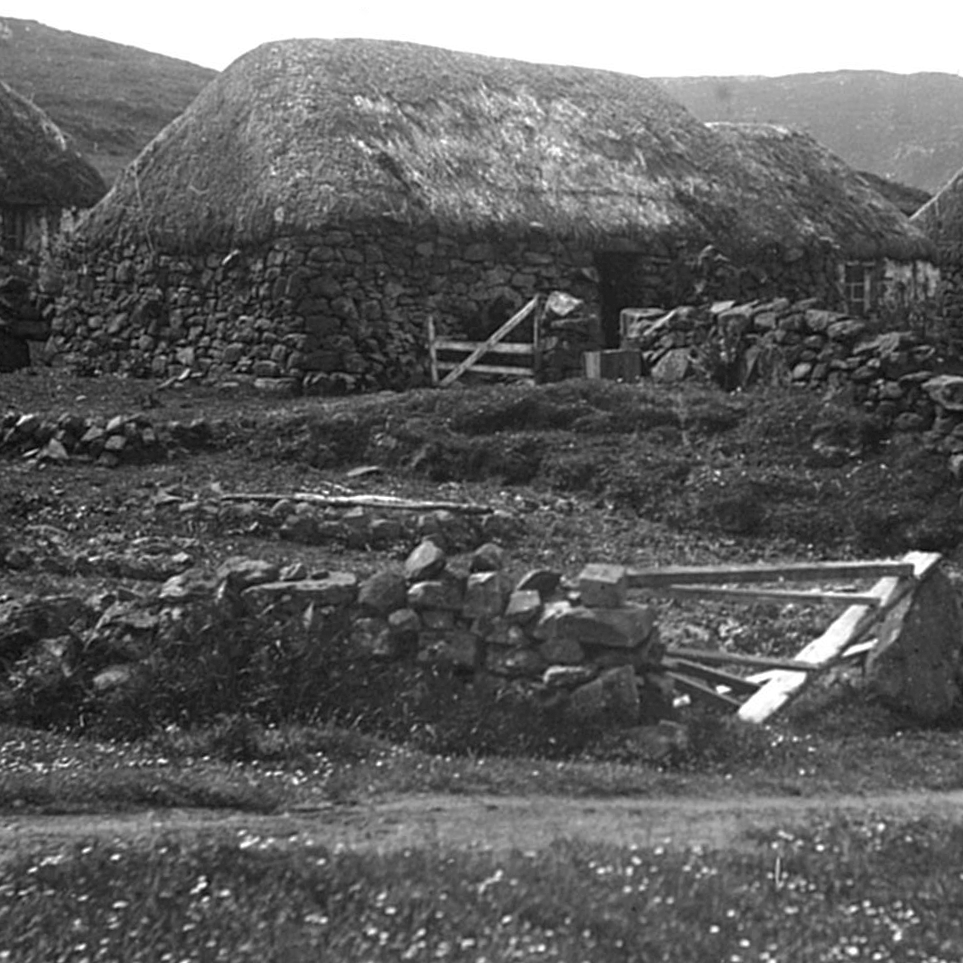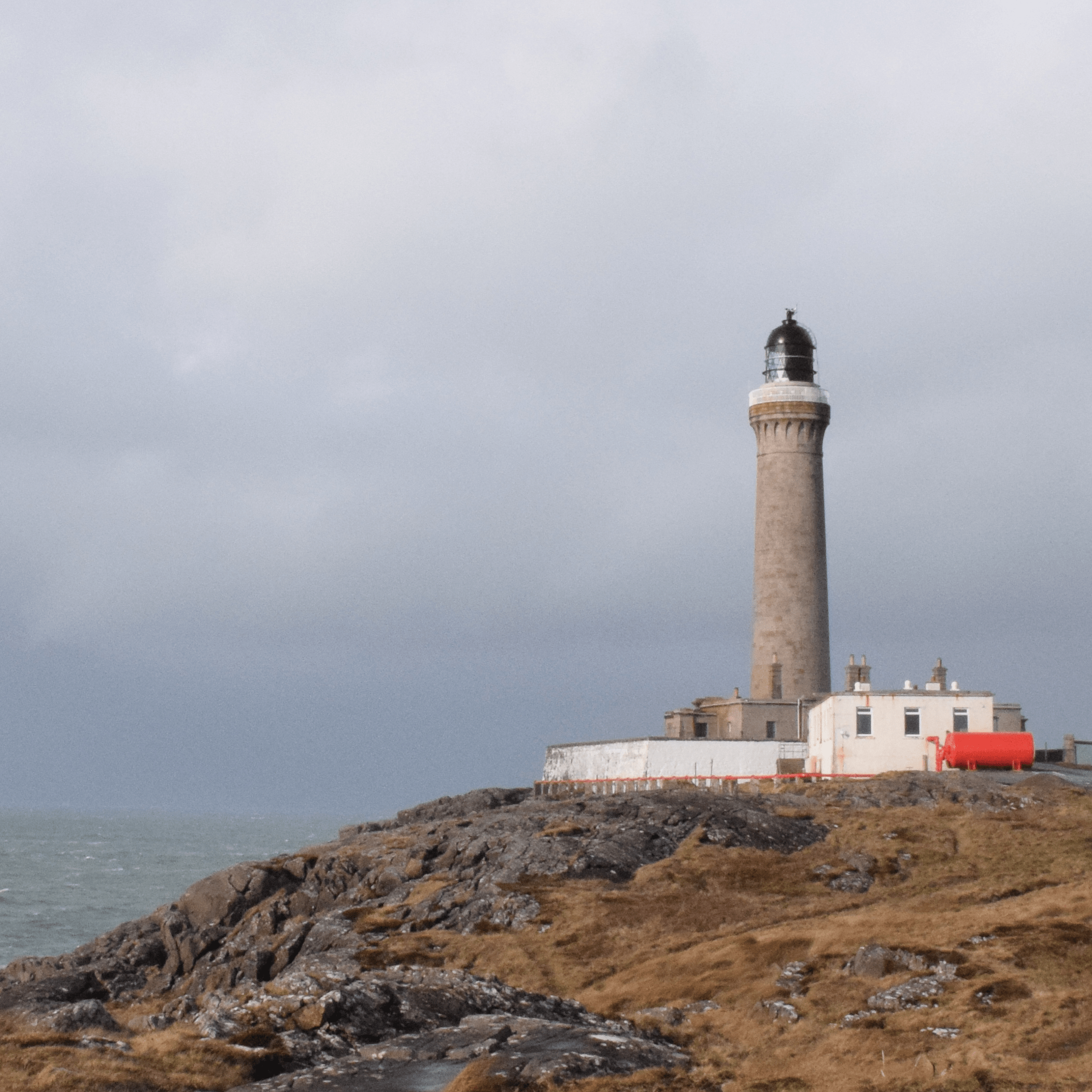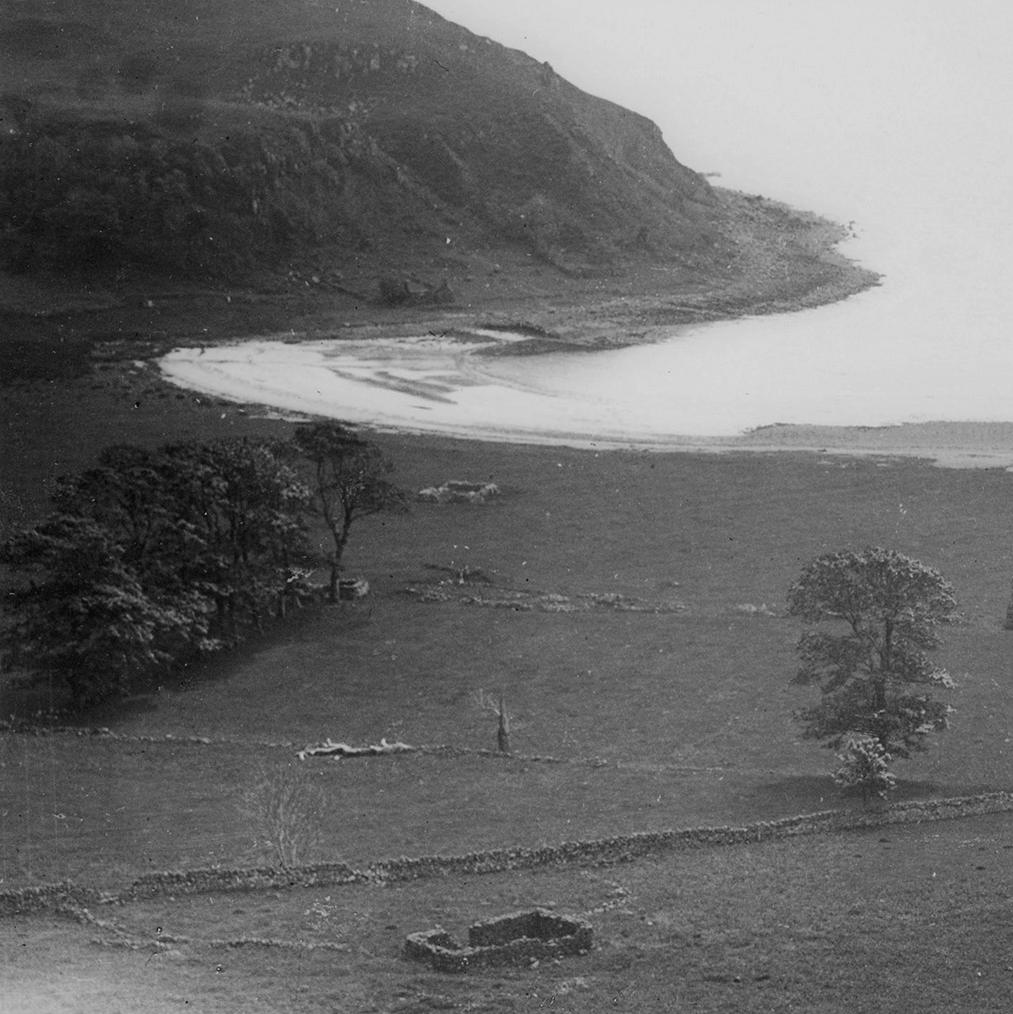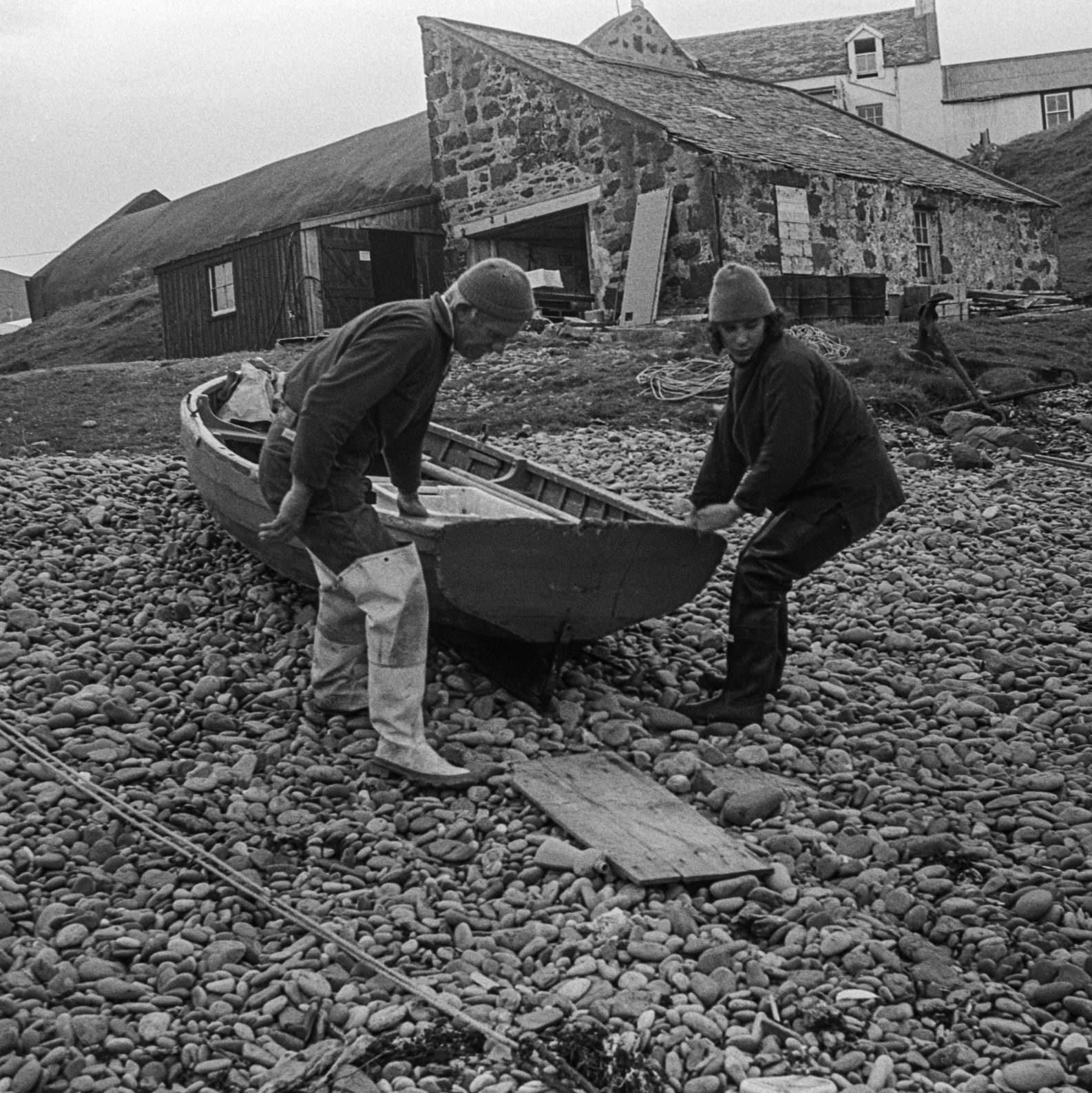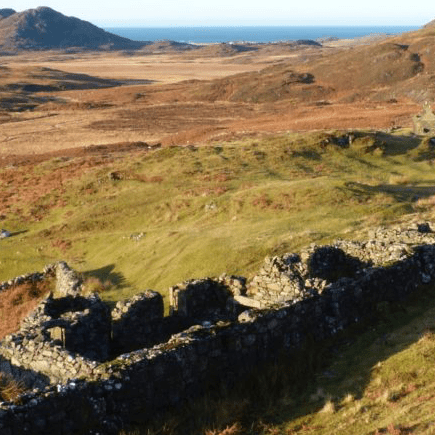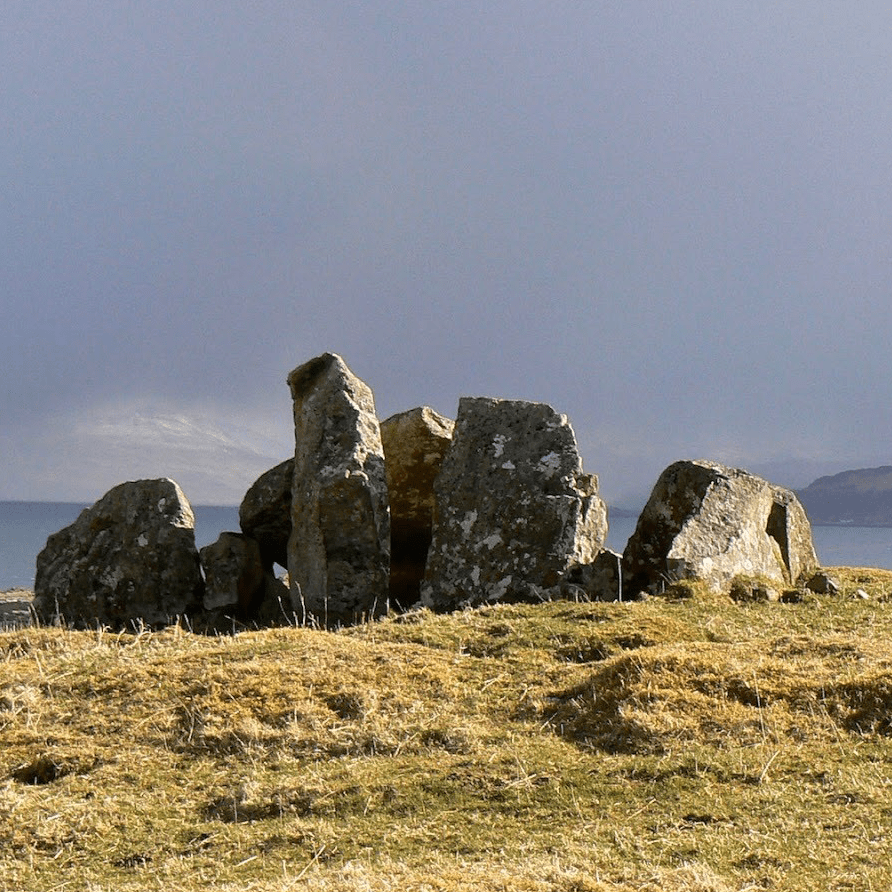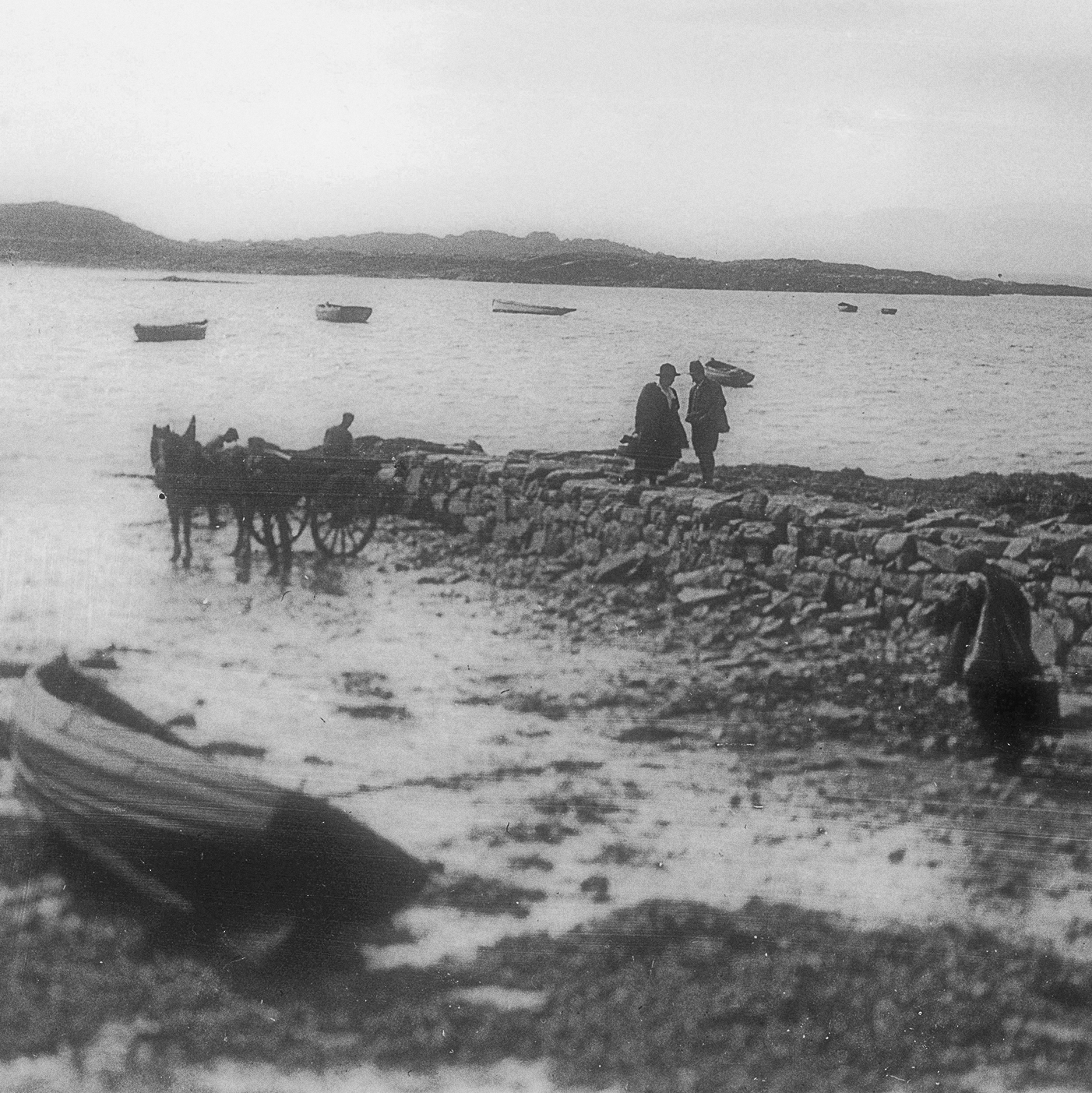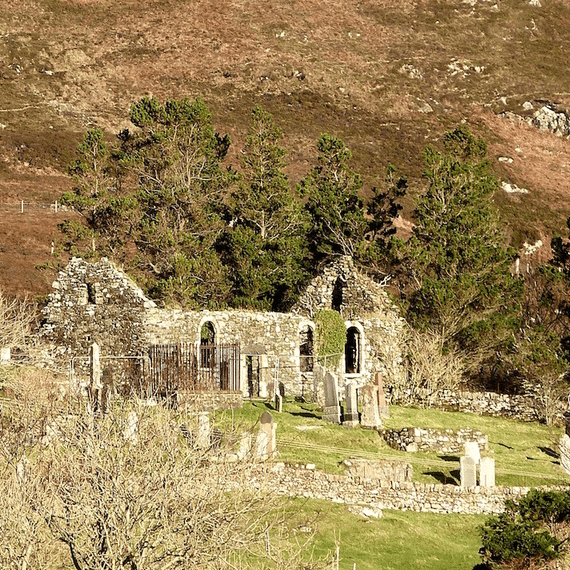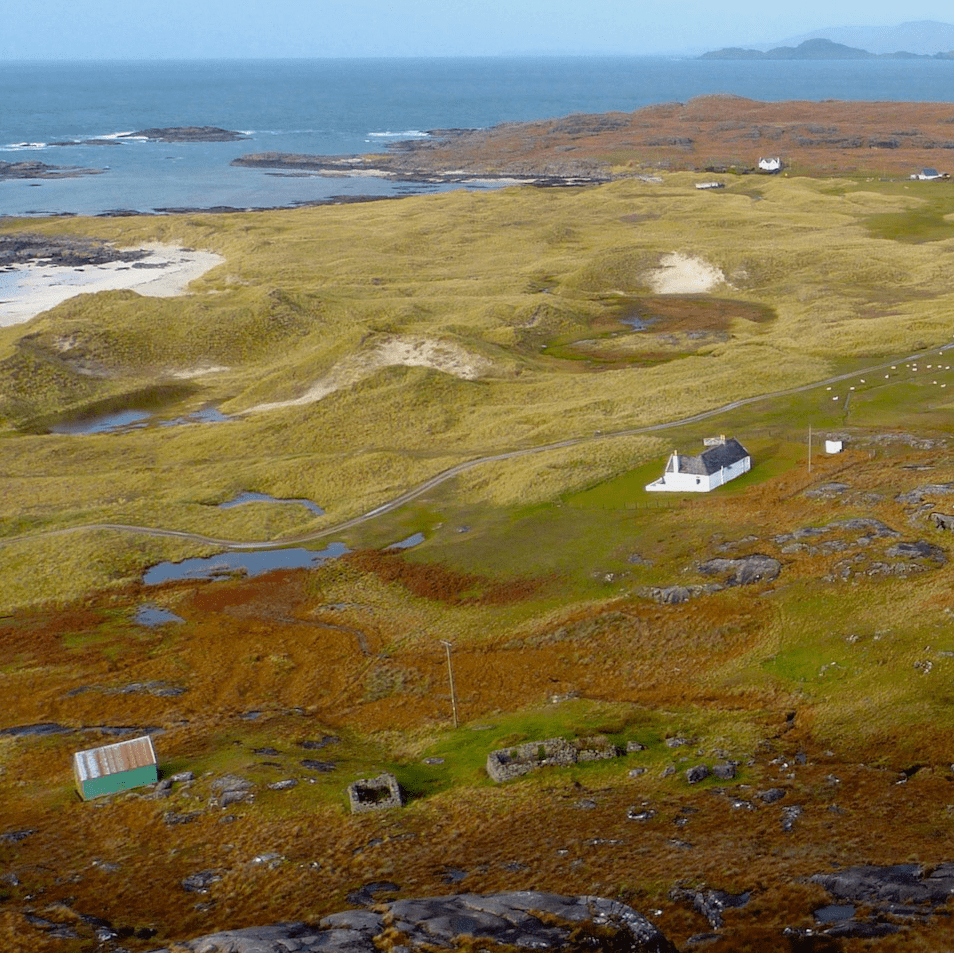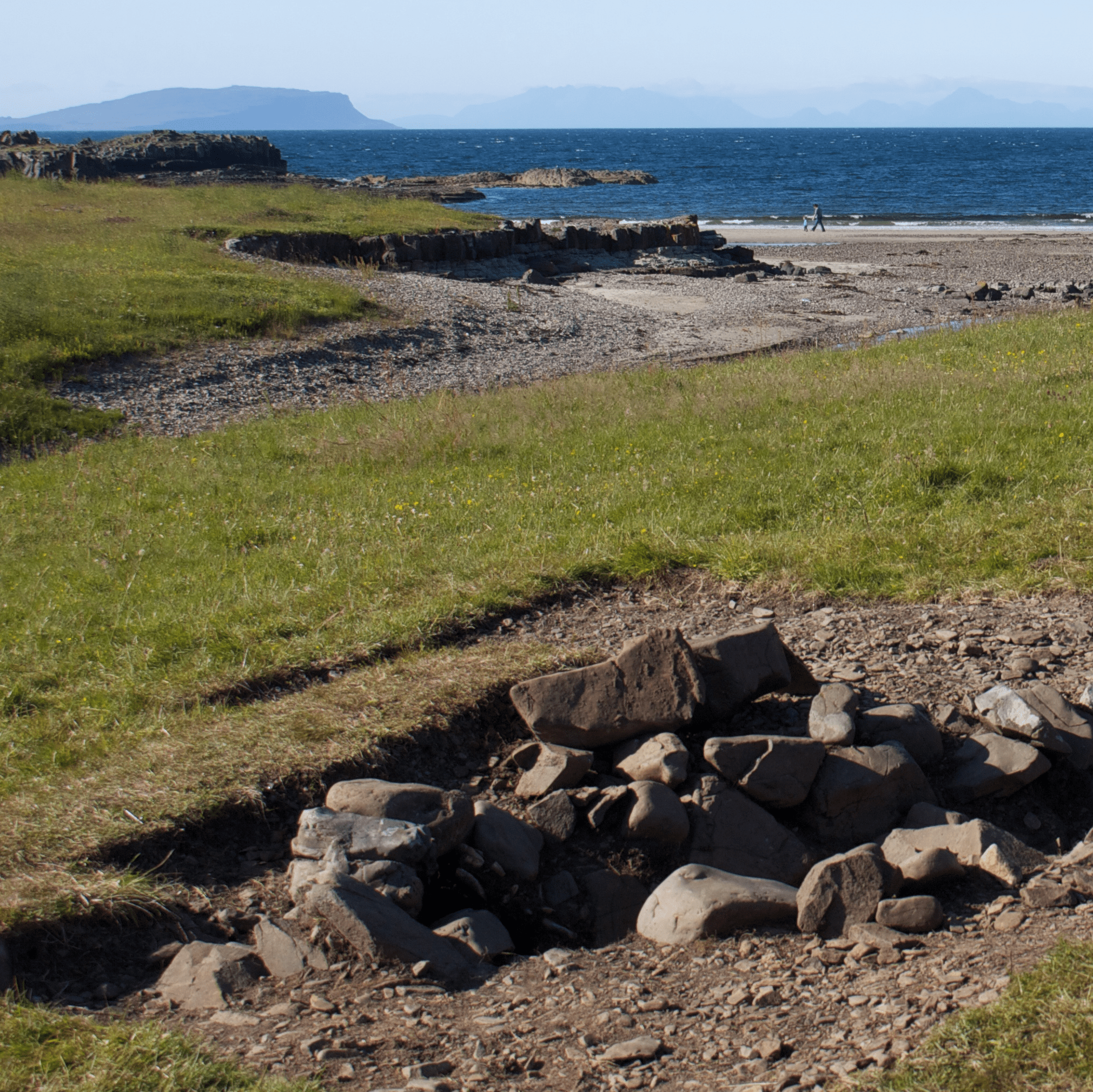Camas nan Geall
Brief History
In the centre of the bay lies the remains of a chambered cairn, where Neolithic people buried their dead 5000 - 6000 years ago. Nearer the beach is a standing stone over two metres high facing the sea. This Bronze Age megalith was erected around 4000 years ago and, a few thousand years later, engraved with a Christian cross and a dog-like figure. These carvings are probably medieval, and possibly date back to the arrival of St Columba, an Irish saint who journeyed the West Coast in 563AD. Directly behind the standing stone is the walled enclosure, Cladh Chiarain ('Cladhʼ meaning burial ground), that was probably rebuilt in the early 18th century.
The people of Camas nan Geall were forcibly evicted from their homes on the slopes of Ben Hiant in the 18th century, and the land was then used to form a farm. The sheep farmer who benefitted from this possibly then settled in Camas nan Geall.
Click here to find out more about Camas nan Geall
Dig into layers of history
Cemetery
Chambered Cairn
Dwellings, inhabited over centuries
Look out for...
Take a look at the carvings on the gravestones. Can you identify what they are depicting?
Do you think the carving on the standing stone is a dog, or some other animal?
Discover the stories of Camas Nan Geall...
St Columba, the Abbot of Iona, visited us here at Camas nan Geall. Heʼs most famous for establishing the Monastery at Iona and bringing Christianity to Scotland, and I heard he performed miracles all around the west coast!
